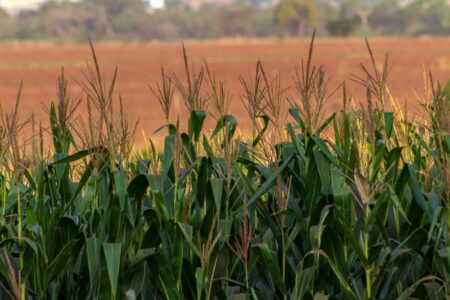According to the U.S. Bureau of Reclamation, California’s Central Valley Project, which controls water for farms in the state, was not allocated any water for farmers in 2022. Water levels in the CVP reservoir were below the historical average for this time of year. As a result, irrigation contractors north and south of the Delta river were not provided with any water allocations. This means farmers will face higher fertilizer costs, fewer harvests, and power plant watering problems.
Cost of fertilizer for farmers
Agricultural costs, including fertilizer, have skyrocketed, contributing to a record-high inflation rate. During the three years between January 2021 and April 2022, the fertilizer price will rise by 120% to 200%, with prices already higher than in January.
Land rental rates in 2022 are projected to increase at least 10 percent. A farmer in the Upper Midwest could expect to pay $275 per acre in 2022. A farmer planting 140 to 145 bushels of corn would pay about $5 per bushel. In some areas, prices can go as high as $300 per acre. A farmer may find it more affordable to grow fewer crops or switch to a different crop type.

Impact on crop yields
Multi-scale droughts with different durations and timings are associated with low yields. The effects of drought on multi-purpose crops are well documented, and evidence for climate variability is plentiful. The regions affected by drought are likely to be the Americas, northern and eastern Europe, and sub-Saharan Africa.
Drought conditions in California are increasing precipitation, whiplash, and making the climate unstable. California is experiencing a megadrought that combines higher temperatures with chronic low rainfall. The water years 2020 and 2021 were the second-driest two-year period since 1895 and the driest drought since the 1976-77 drought. Warmer temperatures and prolonged droughts will increase evaporative demand, increasing crop water requirements by 8%.

Cost of water for farmers
California farmers have been forced to abandon 400,000 acres in recent years due to drought conditions, costing the state’s farmers a direct $1.1 billion in lost crops and agricultural jobs. Nearly all of this land is in the Central Valley. In the Westlands district, farmers left 200,000 acres fallow last year, almost five times the size of Washington, D.C. Farmers are expected to go even more fallow this year.
Cost of water for power plants
This summer, California’s drought could nearly halve hydroelectric production, pushing wholesale power prices throughout the West. With water shortages expected to continue through the summer of 2022, California will likely turn to out-of-state imports and natural gas generation to meet its energy needs. According to a recent supplement to the Energy Information Administration’s (EIA) May 2022 Short-Term Energy Outlook, California’s drought will significantly impact power markets throughout the West, particularly from June to September 2022.
Western states have been dealing with drought conditions for decades. Hydroelectricity is more available in the Northwest, and electricity providers in these regions can import power from that region during hot months. But the long-term effects of a drought are a more significant concern. Because of the retirement of fossil fuel plants, they may be unable to generate electricity if they lack water. Ultimately, the future impacts of drought will affect the country’s power system far beyond the short-term effects.














